Zoom Q2N-4K
Rated 3.00 out of 5 based on 2 customer ratings
$155.99
Zoom Q2N-4K camcorder is the perfect device for creating stunning video content with high-quality audio and video recording capabilities.
Out of stock
Description
As online content creators continue to push the boundaries of creativity when producing videos, audio, and music, video quality has increasingly become an essential aspect of their production. The Zoom Q2N-4K camcorder is a smart option for professionals seeking a high-quality all-in-one audio and video capture solution.
The Zoom Q2N-4K camcorder is small in size and features some of the most advanced audio and video technology. With its 150-degree wide-angle lens, the camcorder can capture a broad angle of view while maintaining clear and sharp images of your subject.
The Q2N-4K camcorder stands out for its superior audio recording capabilities as it incorporates a 24-bit/96kHz audio recording feature. The mic is of high quality and can adjust to the sound source, giving you the best audio recording possible even when in a noisy environment.
This device comes with a comprehensive range of options for customizing your audio recording. You can choose to attend to record audio in either cardioid or XY stereo modes to match the needs of your audio recording. It also takes into account your audio volume, bass, and treble modulation, ensuring that your audio comes out perfect right from the device!
The Zoom Q2N-4K camcorder does not compromise on video quality, as it can shoot 4k resolution videos at 30 frames per second. The device also allows you to choose the field of view (FOV) which gives you 3 different options, including 150 degrees, 110 degrees, and 72 degrees.
The device is intuitive, and with a user-friendly interface, it is relatively easy to navigate through the options while recording your video. Additionally, it features a two-inch full-color LCD screen, which ensures you do not miss any crucial detail when recording your video.
The device also allows you to connect USB devices and other external microphones, giving creators more freedom and flexibility to arrange their audio and video recordings in any way they desire. Connectivity is via the USB-C port, which is faster and more reliable and can transfer data up to 5 times as fast as a regular USB port, allowing you to transfer your recordings easily and quickly.
In conclusion, Zoom Q2N-4K camcorder is the perfect choice for content creators who want a high-quality all-in-one audio and video capture solution. With its superior audio and video technology, easy user interface and flexible connectivity options, this device is a must-have device for any budding or professional videographers.
2160p (4K)
Zoom Q2N-4K properties
| Product name |
Q2N-4K |
| Max Video Resolution |
2160p (4K) |
| Max Frames per second (FPS) |
60 fps |
| Video Resolutions |
3840×2160 (24, 25, 30fps), 1920×1080 (24, 25, 30, 50, 60fps), 1280×720 (25, 30fps) |
| Recordable Files |
MPEG-4 AVC/H.264 (MOV) |
| Type |
Action camera |
| HDMI |
Yes |
| Micro-USB |
Yes |
| Headphone Jack |
Yes |
| SD Type |
SDHC, SDXC, microSD |
| SDHC |
Yes |
| SDXC |
Yes |
| microSD |
Yes |
| Max Supported Memory Size |
256 GB |
| Display |
Yes |
| Display Size |
1.77 “ |
| Battery Type |
R6 (AA) |
| Sound |
Stereo |
| Focal Length (Wide-Tele) |
15.2 mm |
| Aperture (Wide-tele) |
2.8 |
| Sensor |
CMOS |
| Sensor Size |
1/2.3 “ |
| Height |
83.0 mm |
| Width |
68.5 mm |
| Depth |
58.7 mm |
| Weight |
124 g |
Frequently Asked Questions:
How do I adjust the focus on my Zoom Q2n-4k camera?
To adjust the focus on your Zoom Q2n-4k camera, follow these steps:
1. Connect the camera to your computer or device using the supplied USB cable.
2. Open the Zoom application or video conferencing software you are using.
3. Check that the camera is properly connected and recognized by your system. If not, make sure the correct driver is installed for your camera model and operating system.
4. In the Zoom app or video conferencing software, locate the settings or options related to the camera (e.g., "Video", "Preferences", etc.).
5. Look for an option to adjust the focus or manual focus controls. This may be indicated by a lens icon or similar symbol.
6. Use the available controls to adjust the focus until you achieve the desired result. You may need to zoom in and out or move the camera closer or further away from the subject to get the best focus.
7. If your device does not have manual focus controls, consider using a third-party software or application that allows for manual control over the Zoom Q2n-4k camera.
Remember to always test the focus before starting a video call or recording session to ensure you have the best possible image quality.
"How do I connect my Zoom Q2N-4K camera to a computer for live streaming?"
To connect your Zoom Q2N-4K camera to a computer for live streaming, you can follow these steps:
1. Connect the camera to your computer using a USB cable. Make sure that the camera is set to "USB Stream" mode in the settings menu (accessed by pressing the MENU button). Download and install the Zoom software on your computer from the official website. The software is free to download and use, as it's designed for users of Zoom hardware such as cameras and microphones. Launch the Zoom software and sign in to your account (or create a new one if you don't have an existing account). Click on the "Settings" gear icon in the upper right corner of the window, then select "Video Settings". In the Video Settings dialog box, scroll down to the "Virtual Camera" section and select "USB 2. Camera (ZOOM Q2N-4K)" as your virtual camera source. Click "Save" to save your changes. Return to the main Zoom window and start a new meeting or join an existing one. Your live video feed from the Q2N-4K camera should now be displayed in the meeting window, just like it would if you were using a webcam connected directly to your computer. To customize settings such as resolution, frame rate, and audio levels, you can still access those options through the camera's own menus (accessed by pressing the MENU button). However, any changes you make here will only affect video output from the camera itself; they won't be reflected in the virtual camera stream that's being picked up by Zoom. That's it! With these steps completed, you should now be able to use your Q2N-4K camera for live streaming and recording via software like Zoom, OBS Studio, or other applications that support virtual cameras.
How do I connect my Zoom Q2N-4K camera to a computer for live streaming on social media platforms?
To connect your Zoom Q2N-4K camera to a computer for live streaming on social media platforms, follow these steps:
1. Make sure your computer has the necessary software installed to stream live video. This can include apps like OBS Studio, XSplit Broadcaster, or the built-in streaming features of some social media platforms like Facebook Live and Instagram Live. Connect the Zoom Q2N-4K camera to your computer using a USB-C cable. The camera should automatically be recognized as an external video source by your computer's operating system. Open the live streaming software on your computer and select the Zoom Q2N-4K camera as your video input source. This can typically be done in the program's settings or preferences menu. Configure any necessary settings for your stream, such as resolution, framerate, and audio input/output options. Test your live stream by going to a test streaming server or broadcasting to an empty channel on your selected social media platform. Make sure that the video and audio quality are both clear and stable. Once you're satisfied with your stream, go live on your chosen social media platform! Remember to engage with your viewers and interact with any comments they may leave during the stream. After your stream is finished, make sure to safely disconnect the Zoom Q2N-4K camera from your computer to prevent any potential data loss or damage to the device.
"How do I connect my computer to the Zoom Q2N-4K for live streaming purposes?"
Make sure that both your computer and the Zoom Q2N-4K are powered on and connected to a stable internet source. Connect an HDMI cable from the output of the Zoom Q2N-4K to the input of your computer's graphics card or display port. Make sure that the video format on both devices is set to the same resolution (e. Open up the Zoom application on your computer and sign in to your account. Click on the "Settings" gear icon located at the bottom left corner of the Zoom window. Go to the "Meeting" tab, scroll down to the "Video Settings", and select "Virtual Background". Upload a desired image or video that you want as your virtual background. Go back to the main settings menu and select "Share Screen". Choose the Zoom Q2N-4K as the screen sharing source, then click on "Share" at the bottom right corner of the window. Your computer's display will now be shared with your audience through the Zoom platform while using the virtual background from step 7. Adjust any audio or video settings as needed to ensure optimal streaming quality.
Before you buy Zoom Q2N-4K
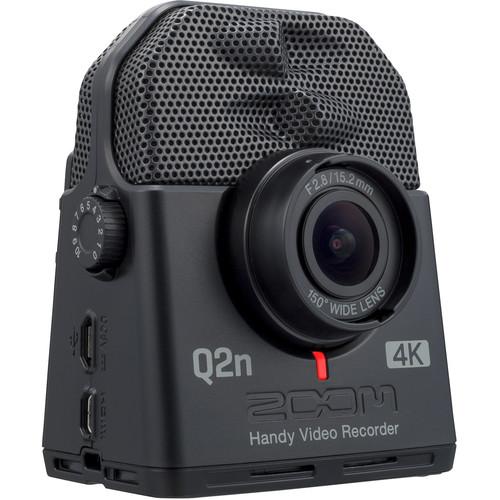


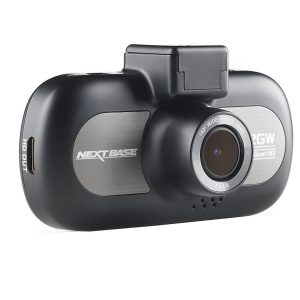
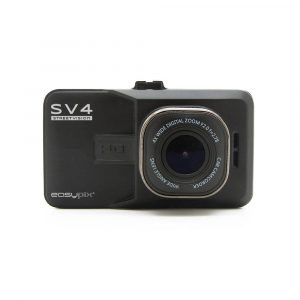
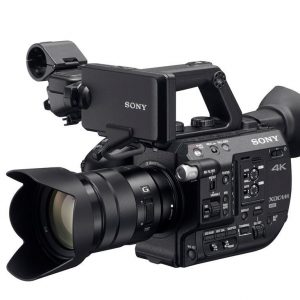
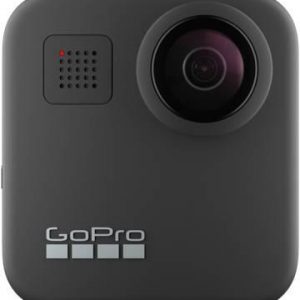
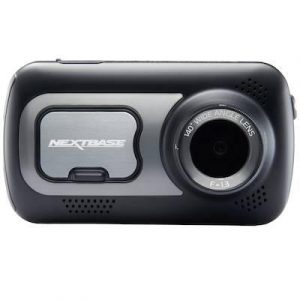
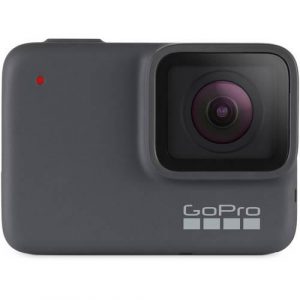
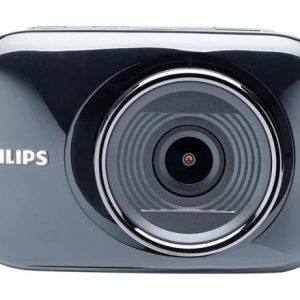
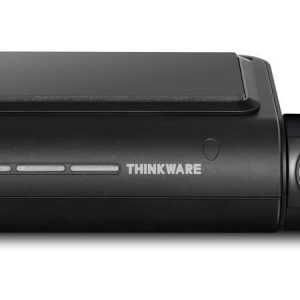
John K –
High quality, high resolution and middle class cost, the Zoom Q2N-4K is a compact, feature-packed, camcorder designed to meet the needs of home users who need to capture high quality video in small spaces. It is ideal for creating home movies, capturing video from mobile phones, digital cameras and other devices, and monitoring children and pets.
The camera has a built-in microphone that provides a maximum audio range of up to 100 m, and can also be used as a standalone microphone for voice recording.
A wide-angle lens with a fixed focal length and everything is clear. It will work well for musicians when covering meetings or conferences.
Very good workmanship, I had no problems with software configuration or connection setup.
The disadvantages include, after all, a fairly high price. It is worth considering whether a set of a multi-channel zoom recorder and an ordinary camera for separate recording will be better.
I finally decided to buy it because of the high quality audio in one compact housing without the need to combine audio from the recorder and the image from the camera.
Less cables – less hassle carrying and recording in different places while traveling.
It is enough for podcasting applications.
Iker –
The UK housing market is on fire, or should I say, on a slow simmer? A 4% increase in asking prices by 2025, despite falling mortgage rates. It’s almost as if the economy is trying to tell us something – invest in property, and then watch it appreciate in value while you’re stuck paying off your mortgage. Ah, the classic economic paradox.
Moving on from the world of real estate, I’d like to share my thoughts on a rather interesting piece of equipment that has piqued my interest lately. You see, as an enthusiast of hiplife music (yes, it’s a thing), I’ve always been fascinated by the art of music production. And what better way to capture those epic guitar riffs and drum solos than with a top-notch camcorder?
That’s right, folks. I recently purchased a camcorder that has left me in awe. With its impressive 4K resolution and high-quality audio capabilities, this device is a musician’s dream come true. I mean, who needs a music studio when you can record your band’s performance with crystal-clear clarity? The possibilities are endless.
Now, let’s talk about the environmental impact of this magnificent machine. As we all know, camcorders require power to function, and that means they contribute to greenhouse gas emissions. However, I’d like to give a nod to the manufacturer for incorporating eco-friendly features into their design. It’s a small step towards sustainability, but it’s a start.
As I sit here writing this review, I’m reminded of the economy in Thornton. It’s a bit of a mixed bag, if you ask me. On one hand, there are opportunities aplenty for entrepreneurs and small business owners. But on the other hand, the competition is fierce, and only the most innovative and resourceful individuals will come out on top.
Now, let’s dive into the technical aspects that make this camcorder truly unique. The thing that sets it apart from its competitors is its ability to capture high-quality video in low-light environments. It’s like having a magic lantern that can illuminate even the darkest of scenes! And with its advanced image stabilization technology, you’ll never have to worry about shaky footage again.
In conclusion, this camcorder is a game-changer for musicians and filmmakers alike. It’s a testament to human ingenuity and innovation. I mean, who wouldn’t want to capture their epic performances in 4K resolution? As for the manufacturer, I say bravo! You’ve created something truly special here.
So there you have it – my review of this magnificent machine. And if you’re anything like me, you’ll be eager to get your hands on one and start capturing those unforgettable moments. Just don’t forget to turn off that power button when you’re not using it. The environment will thank you.
Kameron William –
I bought this Zoom Q2N-4K in September, and let me tell you, it’s so power-efficient that it probably thinks saving the planet is its full-time job. Who knew a camcorder could be such an environmental hero? It uses R6 (AA) batteries, which are both affordable and replaceable—because nothing says “sustainable” like buying 20 packs of alkaline cells every month. Oh, and it’s so energy-efficient that I’ve already calculated how much money I’ll save by not needing to upgrade my power grid. Spoiler: it’s a lot. You know, if you count the coins I’ll be collecting from the electricity company once they realize their entire business model is obsolete.
Now, let’s talk about what makes this camcorder special—besides its ability to pretend it’s a tree. It has 4K resolution, which is basically the human eye’s version of a luxury spa day. And that zoom? It’s so smooth, it could probably make your ex jealous. The R6 batteries are like the camcorder’s tiny, grumpy but reliable coworkers—always there, never complaining (unless you leave them in the sun).
By the way, I just read an article about nano bananas and their global adoption. Interesting, right? https://taplic.com/news/global-adoption-of-nano-banana/ You know, it makes me wonder: if we could somehow combine nano bananas with R6 batteries, would we have a device that’s both a camcorder and a fruit salad? Or is that just my brain on too much caffeine? Either way, I’m sure the future of power efficiency is in good hands—whether it’s through tiny bananas or a camcorder that uses AA batteries like they’re going out of style.